
SAS' Simon Topp walks you through how to setup SAS Container Runtime Testbench to make operating and debugging your SAS Intelligent Decisioning decisions a breeze

SAS' Simon Topp walks you through how to setup SAS Container Runtime Testbench to make operating and debugging your SAS Intelligent Decisioning decisions a breeze

SAS' Danny Sprukulis takes you step-by-step through geocoding incomplete geographic data sources for proper visualization and through its additional capabilities.
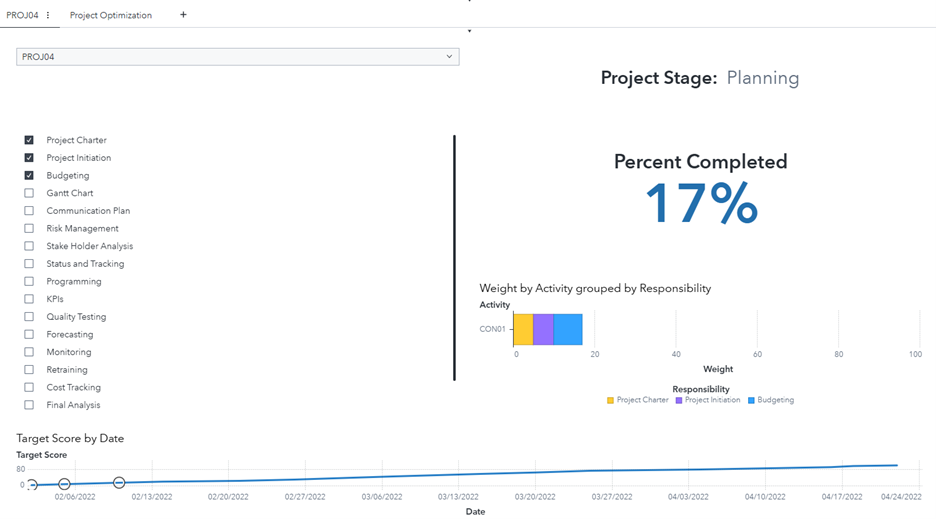
In SAS Viya, users can customize a project management environment by using a file that contains metadata about the organization’s project progress. This process allows the management team to track and interact with the project’s ongoing steps.
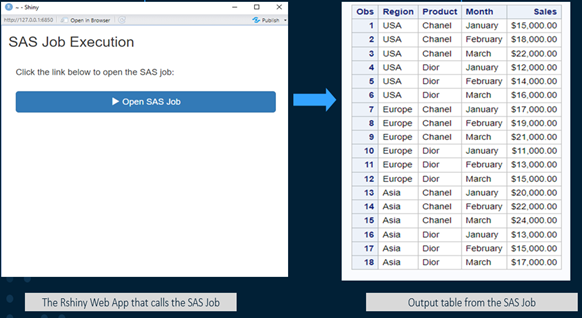
In the SAS 9.4 world, SAS Stored Processes (STP) were incredibly popular. An STP is a SAS program that is stored on a server and can be executed as required by requesting applications. On SAS 9.4, they were widely used for web reporting, analytics, building web applications, delivering packages to customers and publishing results to channels or repositories.
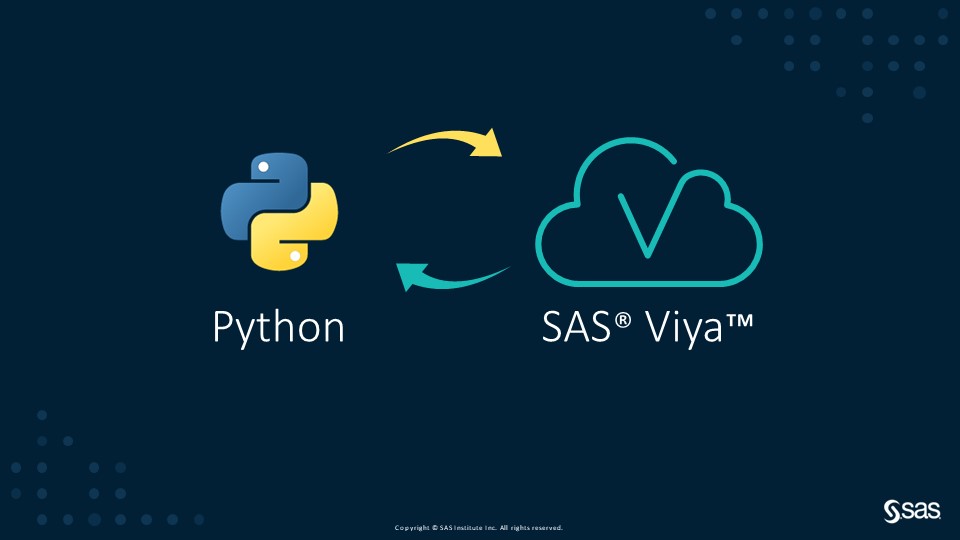
Welcome to the continuation of my series Getting Started with Python Integration to SAS Viya. Given the exciting developments around SAS & Snowflake, I'm eager to demonstrate how to effortlessly connect Snowflake to the massively parallel processing CAS server in SAS Viya with the Python SWAT package. If you're interested
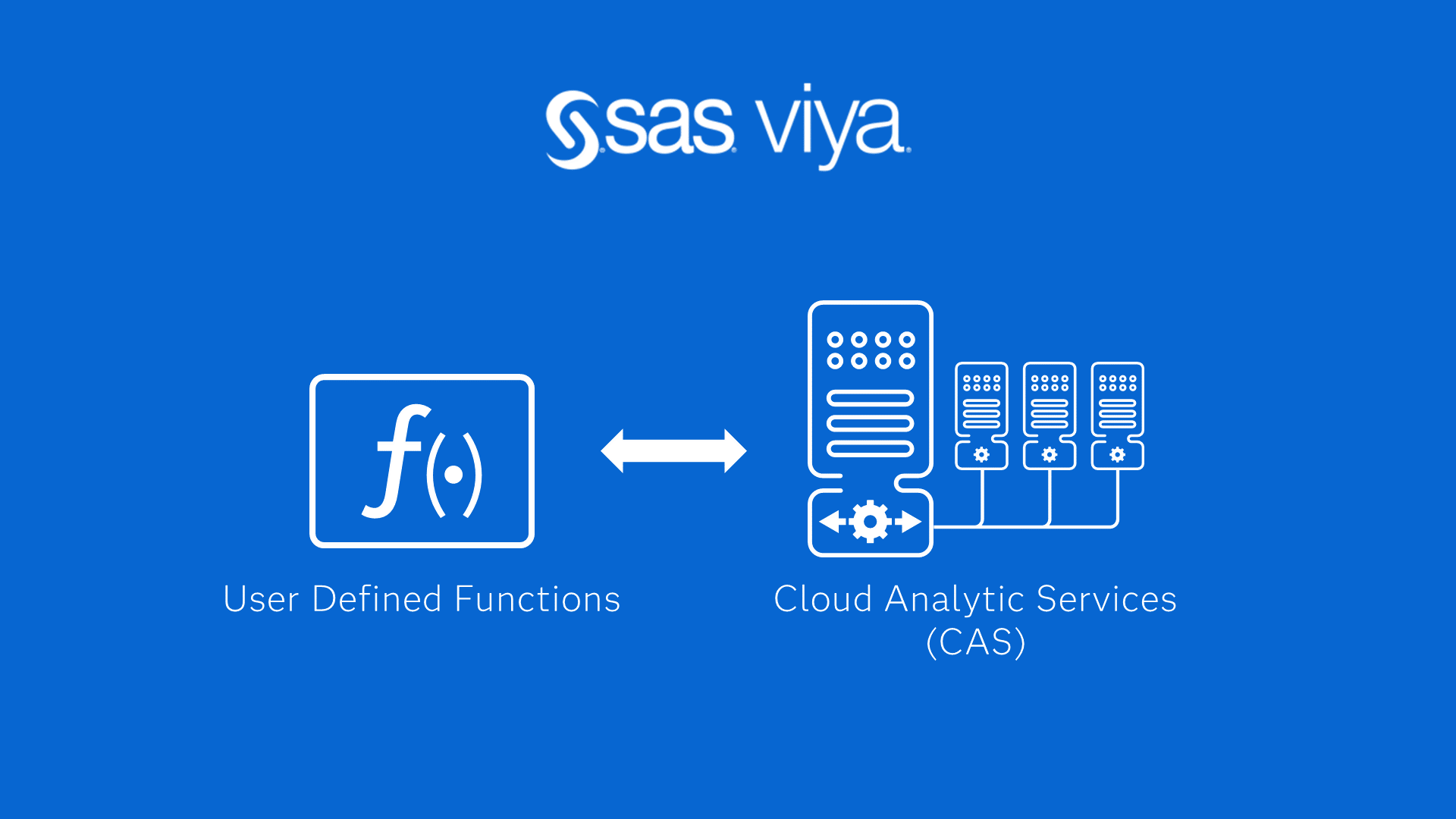
Welcome back to my SAS Users blog series CAS Action! - a series on fundamentals. In this post, I'll show how to create user defined functions (UDFs) for the distributed CAS server using SAS and CASL code. Once the UDF is created, you can use it on the CAS server with programming

Welcome to the continuation of my series Getting Started with Python Integration to SAS Viya. In this post I'll show how to create user defined functions (UDFs) for the distributed CAS server using the SWAT package. Once the UDF is created you can use it on the CAS server with programming
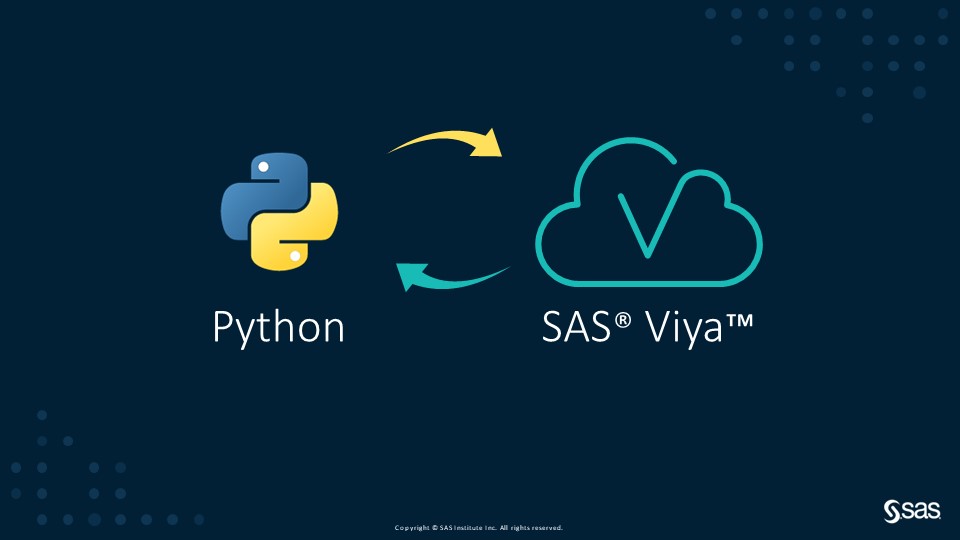
Welcome to the continuation of my series Getting Started with Python Integration to SAS Viya. In this post I'll show how to impute missing values in a distributed CAS table using the fillna method from the Pandas API in the SWAT package and the impute CAS action. Load and prepare data

Welcome to the continuation of my series Getting Started with Python Integration to SAS Viya. In this post I'll discuss how to remove duplicate rows from a distributed CAS table using the both the Pandas API in the SWAT package and the native CAS action. The Pandas API drop_duplicates method was

SAS expert Leonid Batkhan presents the %embed macro function as a way to embed both “foreign” and SAS native code from a file into a SAS program, preventing clutter in your code.

Welcome to the continuation of my series Getting Started with Python Integration to SAS Viya. In this post I'll discuss how to load multiple CSV files into memory as a single table using the loadTable action. Load and prepare data on the CAS server To start, we need to create multiple

Welcome to the continuation of my series Getting Started with Python Integration to SAS Viya. In this post I'll discuss how to update rows in a distributed CAS table. Load and prepare data in the CAS server I created a script to load and prepare data in the CAS server. This

Welcome to the continuation of my series Getting Started with Python Integration to SAS Viya. In this post I'll discuss saving CAS tables to a caslib's data source as a file. This is similar to saving pandas DataFrames using to_ methods. Load and preview the CAS table First, I imported the

Welcome to the continuation of my series Getting Started with Python Integration to SAS Viya. In this post I'll discuss how to execute SQL with the Python SWAT package in the distributed CAS server. Prepare and load data to the CAS server I created a Python function named createDemoData to prepare

Welcome to the continuation of my series Getting Started with Python Integration to SAS Viya. In this post I'll discuss how to count missing values in a CAS table using the Python SWAT package. Load and prepare data First, I connect my Python client to the distributed CAS server and named

Welcome to the continuation of my series Getting Started with Python Integration to SAS Viya. In this post I'll discuss how to bring a distributed CAS table back to your Python client as a DataFrame. In this example, I'm using Python on my laptop (Python client) to connect to the

In my blog series regarding SAS REST APIs (you can read all of my posts on this topic here) I outlined how to integrate SAS analytical capabilities into applications. I detailed how to construct REST calls, build body parameters and interpret the responses. I've not yet covered authentication for the

Welcome to the continuation of my series Getting Started with Python Integration to SAS Viya. In previous posts, I discussed how to connect to the CAS server, how to execute CAS actions, and how your data is organized on the CAS server. In this post I'll discuss loading client-side CSV files into

Welcome to the continuation of my series Getting Started with Python Integration to SAS Viya. In previous posts, I discussed how to connect to the CAS server, working with CAS actions and CASResults objects, and how to summarize columns. Now it's time to focus on how to get the count of unique values
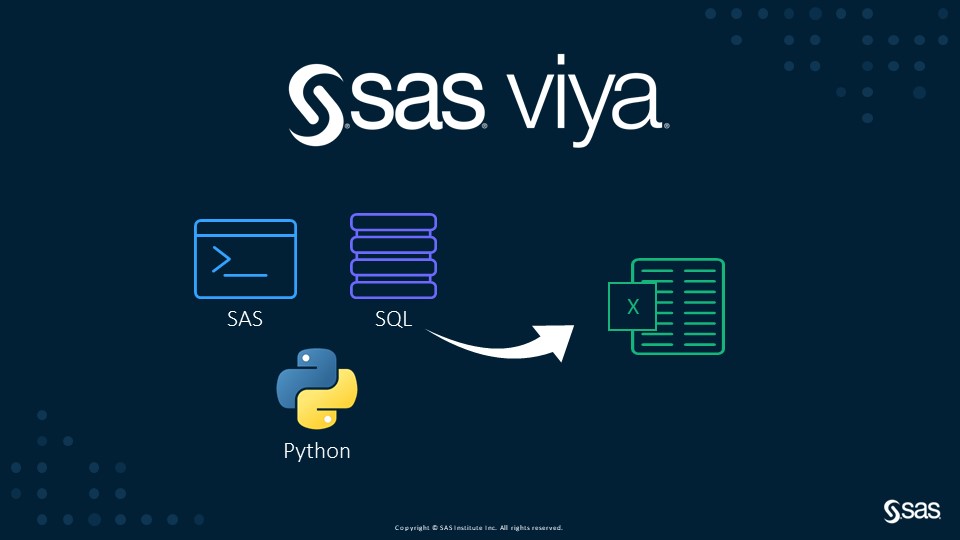
The addition of the PYTHON procedure and Python editor in SAS Viya enables users to execute Python code in SAS Studio. This new capability in SAS Viya adds another tool to SAS's existing collection. With this addition I thought, how can I utilize this new found power? In this example,

In my previous blog Programmatically export a Visual Analytics report to PDF - SAS Users, I use the SAS Visual Analytics SDK to export a report to PDF, which is quite simple if we have basic knowledge with JavaScript programming. It works for both the latest version of SAS Viya

Welcome to the continuation of my series Getting Started with Python Integration to SAS Viya. In previous posts, I discussed how to connect to the CAS server, how to execute CAS actions, and how to summarize columns. Now it's time to focus on how to rename columns in CAS tables. Load and explore data

Group and aggregate CAS tables Welcome to the continuation of my series Getting Started with Python Integration to SAS Viya. In previous posts, I discussed how to connect to the CAS server, how to execute CAS actions, and how to summarize columns. Now it's time to focus on how to group and aggregate CAS

Welcome to the continuation of my series Getting Started with Python Integration to SAS Viya. In previous posts, I discussed how to connect to the CAS server, how to execute CAS actions, and how to filter CAS tables. Now it's time to focus on how to summarize columns. Load and explore data Let's first load

Welcome to the continuation of my series Getting Started with Python Integration to SAS Viya. In previous posts, I discussed how to connect to the CAS server, how to execute CAS actions, and how to filter CAS tables. Now it's time to focus on creating calculated columns on a CAS table. Load and explore

Leonid Batkhan shows how to split a data table into multiple Excel spreadsheets in a single workbook.

Leonid Batkhan shows you how to automate and improve a sometimes onerous hands-on process of creating Excel workbooks.

SAS' Mark Jordan shows you how to modify data using PROC SQL, PROC DATASETS and SAS macros.

Welcome to the sixth installment in my series Getting Started with Python Integration to SAS Viya. In previous posts, I discussed how to connect to the CAS server, how to execute CAS actions, and how to work with the results. Now it's time to generate simple descriptive statistics of a CAS table. Let's begin
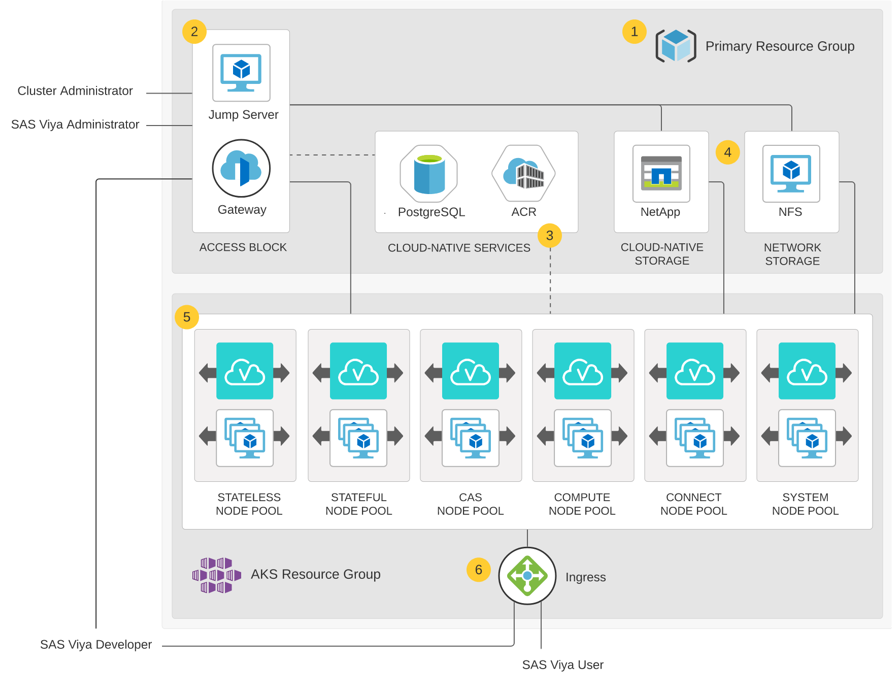
This post is written in the hopes of easing the SAS Viya deployment process for novices like me. Firstly, deploying SAS Viya, like most enterprise software packages, isn't a skill we're innately born with. We're going to need a little help, some good documentation, and time to absorb the intricoes